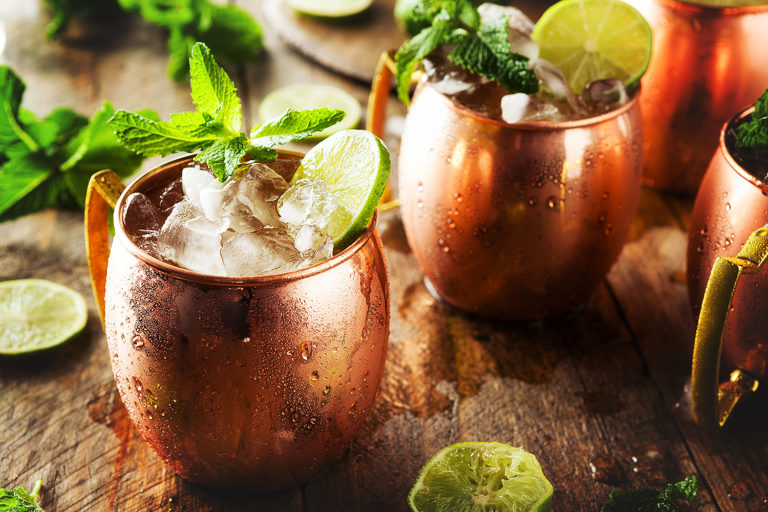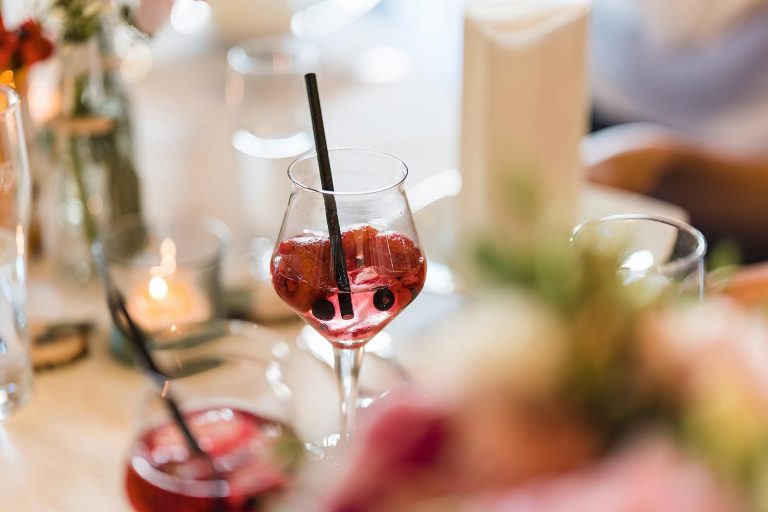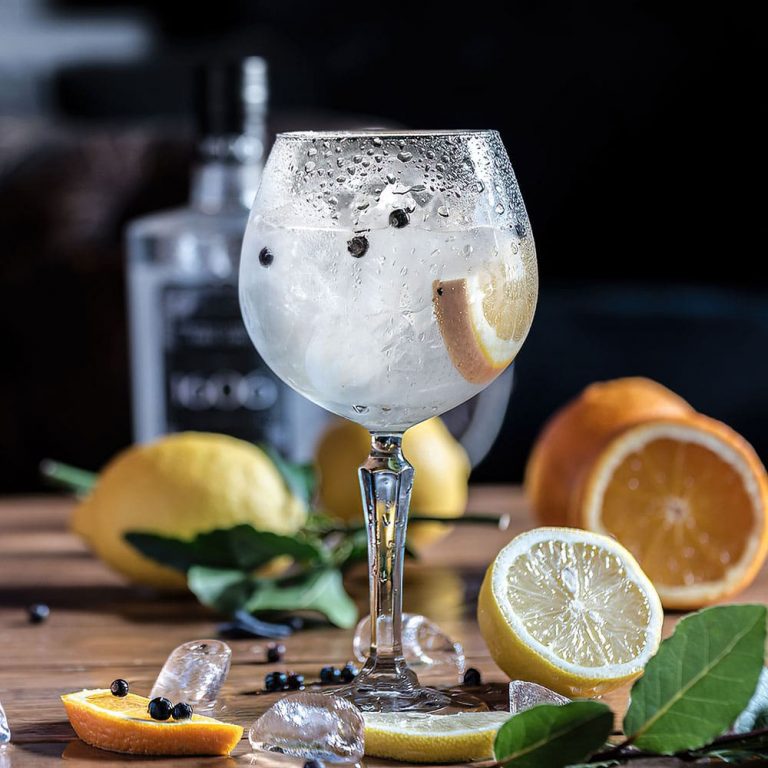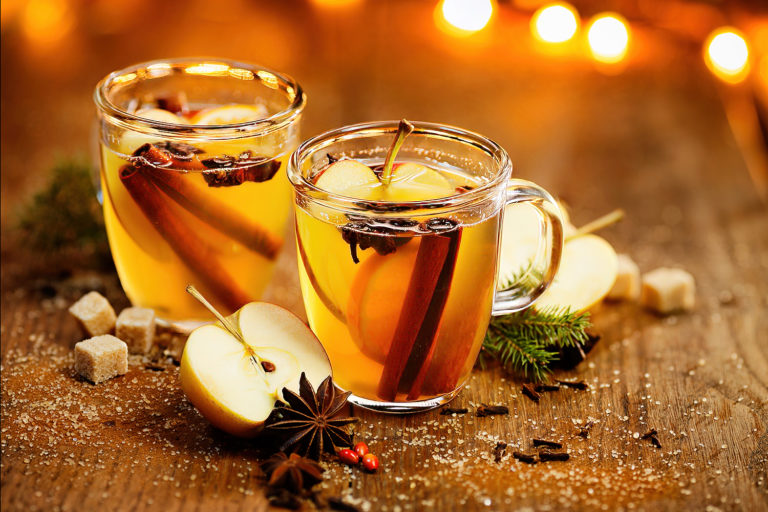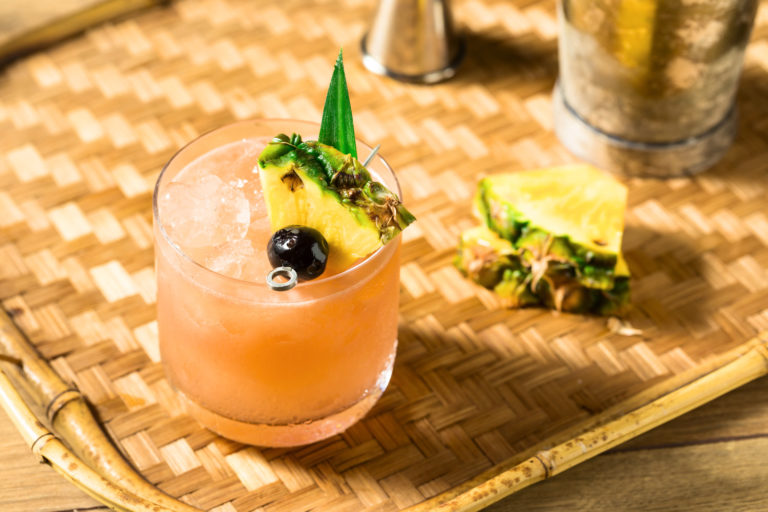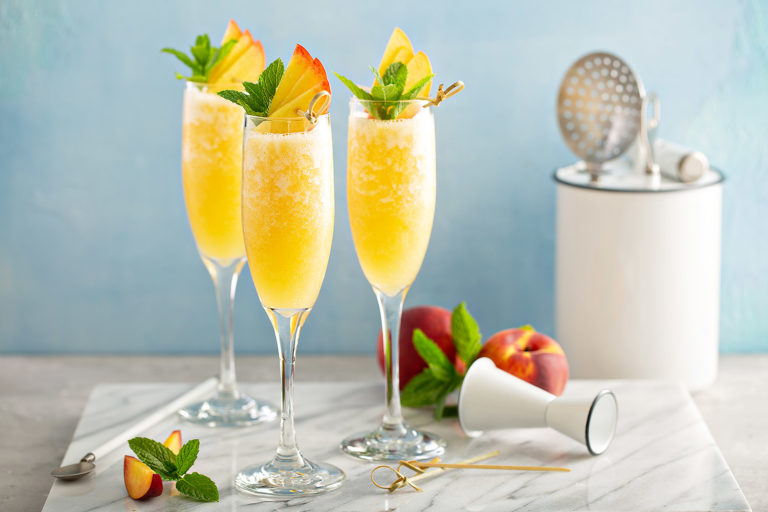The history of the Moscow Mule
Unlike most cocktails, the origins of the Moscow Mule recipe are well documented. Thus, its first mention by name dates back to 1942, when the newspaper Inside Hollywood dubbed the Moscow Mule the new favorite drink of the film industry. Also in the article was a recipe for the cocktail, which is said to have consisted of equal parts vodka, lime juice and ginger beer. The mixing ratio seems somewhat questionable from today’s perspective. The high proportions of lime juice and vodka would turn the cocktail into a sour alcohol bomb.
The real story of the drink began several years earlier. Therefore, we need to move back in time a bit.
We are in the USA of the late 1930s. Prohibition has recently been lifted and Americans are enjoying life again with a good glass of whiskey or gin.
Vodka at that time was known only to some Polish and Russian immigrants. One of these said immigrants went by the name of Rudolph Kunett, who distilled and bottled about 20 cases of vodka a day. However, he lacked the necessary customers to run his business profitably.
His predicament brought him to the brink of bankruptcy in 1939. He sold his Pierre Smirnoff brand for $14,000 to John G. Martin, head of G.F. Heublein & Bros.
Martin retained Kunett, who from then on served as president of the Pierre Smirnoff subsidiary. Here the story would have ended without a trace had it not been for the recipe for the Moscow Mule, which triggered a veritable vodka boom in the USA.
Clever marketing: the unromantic invention of the Moscow Mule recipe
Kunnett and Martin were sitting together one evening at the Chatham Bar with their friend John A. “Jack” Morgan, talking business. While Kunett and Martin racked their brains over how to make their vodka more popular in the U.S., Morgan was looking for customers for the ginger beer his company, Cock ‘n Bull Productions, was making.
The three of them put their heads together and wondered whether the two products vodka and ginger beer could be profitably combined. The evening continued, lemons and lime were squeezed, mixed with vodka and ginger beer and a short time later the first Moscow Mule was in front of them. The three tasted their new creation and were convinced that this cocktail has what it takes to bring vodka out of the shadows of whiskey and gin. Shortly thereafter, it was successfully marketed in the bar Cock ‘n Bull and was christened Moscow Mule.
How the Moscow Mule got its popular copper cup
The Moscow Mule’s current fame came not from its taste, but from the fact that it was served in a distinctive vessel. The shiny copper cup set it apart from all the familiar cocktails and made guests take notice. They also wanted to try this new cocktail, which must be so special that they even serve it in a copper cup.
Many stories say that John A. Morgan ‘s girlfriend made copperware and mugs, so the Moscow Mule was served in them to increase her sales as well. In fact, there is no evidence to support this assumption. On the contrary, if you look at the bar from which the Moscow Mule started its triumphal march, a much more plausible reason for using copper mugs emerges.
The style of the Cock ‘n Bull at that time was similar to that of an English pub and what did people usually drink their freshly tapped beer from at that time? Right! From copper mugs! It is therefore far more likely that the Cock ‘n Bull simply used the copper mugs for the Moscow Mule that were otherwise used for draft beer.
However, John G. Martin, as a businessman, quickly realized that the copper mugs were more than misappropriated beer steins. They were and are the unique selling point that distinguishes the Moscow Mule from other cocktails and makes it unmistakable.
Starting in the late 1940s, the company made its own copper mugs for the Moscow Mule, which John G. Marin toured the country with. He encouraged bartenders across America to add the Moscow Mule to their menu and pose for a photo with a bottle of Smirnoff and said mug. If they named the Smirnoff Mule on the cocktail menu, the bar received the Smirfnoff-labeled cups for free and advertised the vodka brand with every Moscow Mule. A marketing trick that is still used by spirits and beer brands today.
The triumph of the Moscow Mule was unstoppable.
Woody Allen as a promotional character of the Moscow Mule
In the late 1960s, the cocktail received prominent support. Woody Allen signed an advertising contract with Smirnoff and from then on the face of the world-famous actor graced the brand’s advertising posters. Always with you: the infamous copper mug for the Moscow Mule.
If you look closely, you can see that Smirnoff advertised the cocktail as Smirnoff Mule and, unlike the original recipe, it was made with less lime juice and with lemonade instead of ginger beer. Fortunately, today they prepare it again with ginger beer.
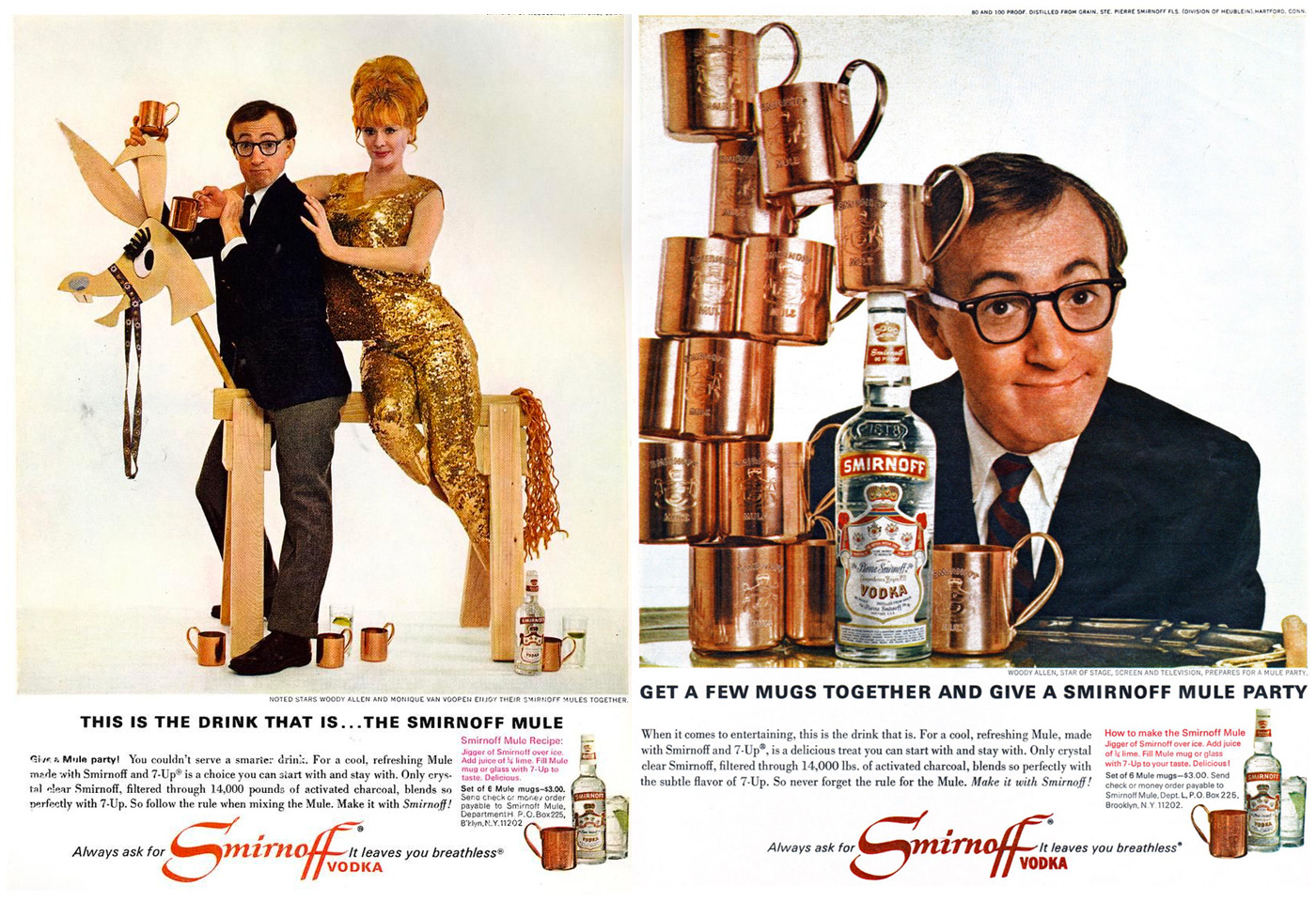
Popular variants of the cocktail
Like any popular drink, the Moscow Mule has had many variations added to it over the years. Mainly for this purpose, the vodka is replaced by another spirit or extended by other ingredients.
A list of the most popular variations of the Moscow Mule:
- Horsefeather: Bourbon Whiskey*
- Kicking Mule: Vodka & 3 dashes Angostura Bitters*
- New Orleans Mule: Bourbon & Coffee Liqueur
- Munich Mule / London Buck: gin and cucumber garnish
- Mexican Mule: Tequila*
- Jamaican Mule: Spiced Rum (flavored rum)
- Irish Mule: Irish Whiskey
- Glasgow Mule: Scotch Whiskey* & St. Germain Liqueur
- Dead Man’s Mule: absinthe and cinnamon brandy
- French Mule: Cognac & Angostura Bitters*
- Southern Mule: Southern Comfort* (whiskey liqueur)
- Oslo Mule: Aquavit
Copper poisoning from the Moscow Mule?
The combination of acidic drinks and copper is risky business. From a pH value below 6.0, copper slowly diss olves and passes into the liquid. Since the Moscow Mule is made with lime juice and ginger beer, its pH is well below 6.0. To avoid copper poisoning, modern copper cups are therefore nickel-plated on the inside or have a protective layer of stainless steel. These protect the copper from the acid and prevent it from passing into the cocktail.
You should still be careful when using old or heavily used cups. If the thin coating inside is rubbed off (e.g. by stirring with a metal spoon), it no longer provides complete protection.
Antique copper mugs look fancy, but they are not plated with nickel or stainless steel. They are suitable only for decorative purposes or as chic flower vases.
If you’re not sure about the topic at all, you can simply prepare your Moscow Mule in a glass. It may not look quite as chic as a shiny copper mug, but that doesn’t change its delicious taste.
